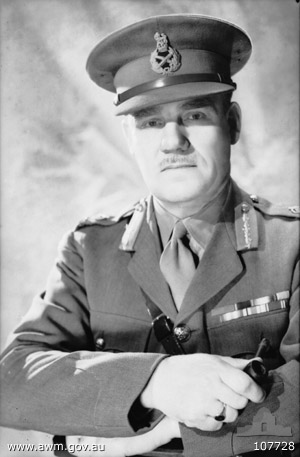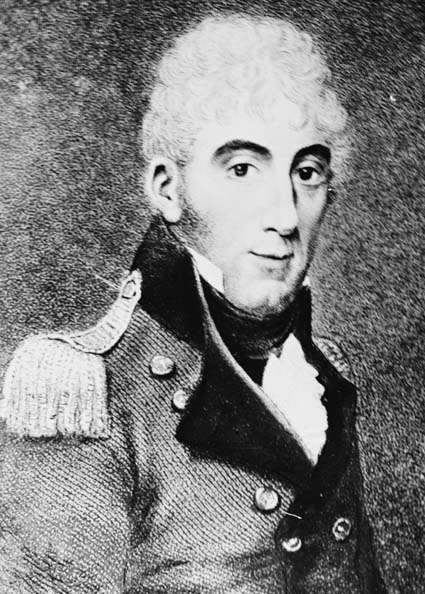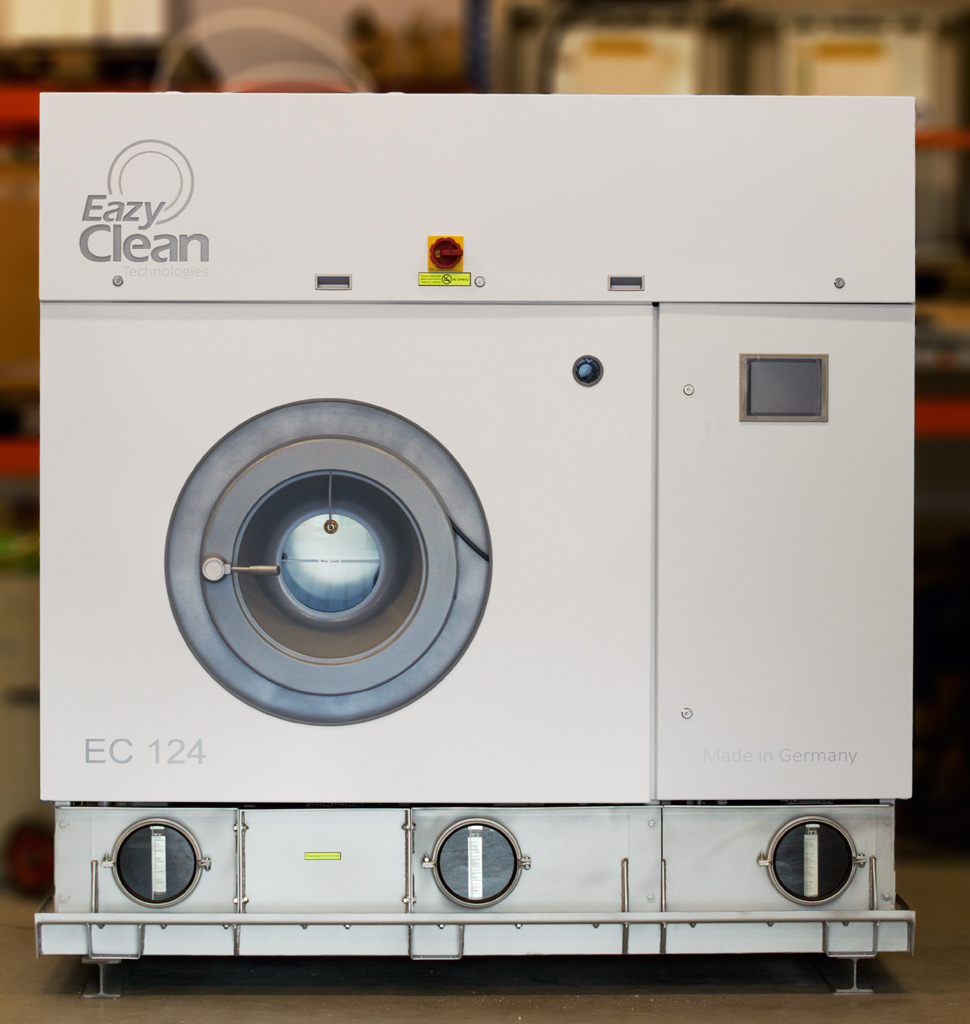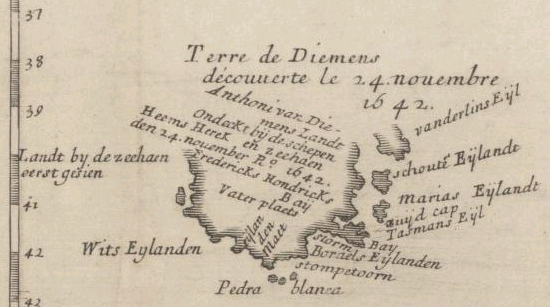|
1807 In Australia
The following lists events that happened during 1807 in Australia. Incumbents *Monarch - George III Governors Governors of the Australian colonies: * Governor of New South Wales – Captain William Bligh * Lieutenant-Governor of Southern Van Diemen's Land – David Collins * Lieutenant-Governor of Northern Van Diemen's Land – William Paterson Events *23 August – The first dry cleaning business opened in Sydney by Englishman Robert Davidson. Exploration and settlement *8 February – Lieutenant Thomas Laycock explores Van Diemen's Land Van Diemen's Land was the colonial name of the island of Tasmania used by the British during the European exploration of Australia in the 19th century. A British settlement was established in Van Diemen's Land in 1803 before it became a sep ..., finding the Clyde River References {{DEFAULTSORT:1807 in Australia Australia Years of the 19th century in Australia ... [...More Info...] [...Related Items...] OR: [Wikipedia] [Google] [Baidu] |
George III Of The United Kingdom
George III (George William Frederick; 4 June 173829 January 1820) was King of Great Britain and of Monarchy of Ireland, Ireland from 25 October 1760 until Acts of Union 1800, the union of the two kingdoms on 1 January 1801, after which he was King of the United Kingdom of Great Britain and Ireland until his death in 1820. He was the longest-lived and longest-reigning king in British history. He was concurrently Duke and Prince-elector of Electorate of Brunswick-Lüneburg, Brunswick-Lüneburg ("Hanover") in the Holy Roman Empire before becoming King of Hanover on 12 October 1814. He was a monarch of the House of Hanover but, unlike his two predecessors, he was born in Great Britain, spoke English as his first language and never visited Hanover. George's life and reign were marked by a series of military conflicts involving his kingdoms, much of the rest of Europe, and places farther afield in Africa, the Americas and Asia. Early in his reign, Great Britain defeated France in th ... [...More Info...] [...Related Items...] OR: [Wikipedia] [Google] [Baidu] |
Governors Of The Australian States
The governors of the Australian states are the representatives of Australia's monarch in each of Australia's six states. The governors are the nominal chief executives of the states, performing the same constitutional and ceremonial functions at the state level as does the Governor-General of Australia at the national or federal level. The state governors are not subject to the constitutional authority of the governor-general, but are directly responsible to the monarch. In practice, with notable exceptions the governors are generally required by convention to act on the advice of the state premiers or the other members of a state's cabinet. Origins The office of governor ("governor in chief" was an early title) is the oldest constitutional office in Australia. The title was first used with the Governor of New South Wales, and dates back to 1788 to the day on which the area (which is now the city of Sydney) became the first British settlement in Australia. Each of the sub ... [...More Info...] [...Related Items...] OR: [Wikipedia] [Google] [Baidu] |
Governors Of New South Wales
The governor of New South Wales is the viceregal representative of the Australian monarch, King Charles III, in the state of New South Wales. In an analogous way to the governor-general of Australia at the national level, the governors of the Australian states perform constitutional and ceremonial functions at the state level. The governor is appointed by the king on the advice of the premier of New South Wales, and serves in office for an unfixed period of time—known as serving ''At His Majesty's pleasure''—though five years is the general standard of office term. The current governor is retired jurist Margaret Beazley, who succeeded David Hurley on 2 May 2019. The office has its origin in the 18th-century colonial governors of New South Wales upon its settlement in 1788, and is the oldest continuous institution in Australia. The present incarnation of the position emerged with the Federation of Australia and the ''New South Wales Constitution Act 1902'', which defined the ... [...More Info...] [...Related Items...] OR: [Wikipedia] [Google] [Baidu] |
William Bligh
Vice-Admiral William Bligh (9 September 1754 – 7 December 1817) was an officer of the Royal Navy and a colonial administrator. The mutiny on the HMS ''Bounty'' occurred in 1789 when the ship was under his command; after being set adrift in ''Bounty''s launch by the mutineers, Bligh and his loyal men all reached Timor alive, after a journey of . Bligh's logbooks documenting the mutiny were inscribed on the UNESCO Australian Memory of the World register on 26 February 2021. Seventeen years after the ''Bounty'' mutiny, on 13 August 1806, he was appointed Governor of New South Wales in Australia, with orders to clean up the corrupt rum trade of the New South Wales Corps. His actions directed against the trade resulted in the so-called Rum Rebellion, during which Bligh was placed under arrest on 26 January 1808 by the New South Wales Corps and deposed from his command, an act which the British Foreign Office later declared to be illegal. He died in London on 7 December 1817. ... [...More Info...] [...Related Items...] OR: [Wikipedia] [Google] [Baidu] |
Governors Of Tasmania
The governor of Tasmania is the representative in the Australian state of Tasmania of the Monarch of Australia, currently King Charles III. The incumbent governor is Barbara Baker (judge), Barbara Baker, who was appointed in June 2021. The official residence of the governor is Government House, Hobart, Government House located at the Queens Domain in Hobart. As the sovereign predominantly lives outside Tasmania, the governor's primary task is to perform the sovereign's constitutional duties on their behalf. As with the other governors of the Australian states, state governors, the governor performs similar constitutional and ceremonial functions at the state level as the governor-general of Australia does at the national level. The position has its origins in the positions of commandant and lieutenant-governor in the colonial administration of Van Diemen's Land. The territory was separated from the Colony of New South Wales in 1825 and the title "governor" was used from 1855, th ... [...More Info...] [...Related Items...] OR: [Wikipedia] [Google] [Baidu] |
David Collins (lieutenant Governor)
Colonel David Collins (3 March 1756 – 24 March 1810) was a British Marine officer who was appointed as Judge-Advocate to the new colony being established in Botany Bay. He sailed with Governor Arthur Phillip on the First Fleet to establish a penal colony at what is now Sydney. He became secretary to the first couple of Governors, later being appointed to start a secondary colony where he founded the city of Hobart as the founding Lieutenant Governor of Van Diemen's Land (later becoming the state of Tasmania). Early life and military career David Collins was born 3 March 1756 in London, the third and oldest surviving child of Arthur Tooker Collins (1718–1793), an officer of marines (later major-general) and Henrietta Caroline (died 1807) of King's County, Ireland. His grandfather Arthur Collins (1684–1760) was author of '' Collins's Peerage of England''. The family lived in Saffron Hill, London, until 1765 when they moved to Devon after his father as a lieutenant colon ... [...More Info...] [...Related Items...] OR: [Wikipedia] [Google] [Baidu] |
William Paterson (explorer)
Colonel William Paterson, FRS (17 August 1755 – 21 June 1810) was a Scottish soldier, explorer, Lieutenant Governor and botanist best known for leading early settlement at Port Dalrymple in Tasmania. In 1795, Paterson gave an order that resulted in the massacre of a number of men, women and children, members of the Bediagal tribe. Early years A native of Montrose, Scotland, Paterson was interested in botany as a boy and trained in horticulture at Syon in London. Paterson was sent to the Cape Colony by the wealthy and eccentric Countess of Strathmore to collect plants, he arrived in Table Bay on board the "''Houghton''" in May 1777. He made four trips into the interior between May 1777 and March 1780, when he departed. In 1789 Paterson published ''Narrative of Four Journeys into the Country of the Hottentots and Caffraria'', which he dedicated to Sir Joseph Banks. Career Paterson was originally commissioned as an ensign in the 98th Regiment of Foot and served in India. He ... [...More Info...] [...Related Items...] OR: [Wikipedia] [Google] [Baidu] |
Dry Cleaning
Dry cleaning is any cleaning process for clothing and textiles using a solvent other than water. Dry cleaning still involves liquid, but clothes are instead soaked in a water-free liquid solvent. Tetrachloroethylene (perchloroethylene), known in the industry as "perc", is the most widely used solvent. Alternative solvents are 1-bromopropane and petroleum spirits. Most natural fibers can be washed in water but some synthetics (e.g., viscose, lyocell, modal, and cupro) react poorly with water and must be dry-cleaned. History Dry cleaning originated with American entrepreneur Thomas L. Jennings. Jennings referred to his method as “dry scouring”. French dye-works operator Jean Baptiste Jolly developed his own method using kerosene and gasoline to clean fabrics. He opened the first dry-cleaners in Paris in 1845. Flammability concerns led William Joseph Stoddard, a dry cleaner from Atlanta, to develop Stoddard solvent (white spirit) as a slightly less flammable alternative ... [...More Info...] [...Related Items...] OR: [Wikipedia] [Google] [Baidu] |
Sydney
Sydney ( ) is the capital city of the state of New South Wales, and the most populous city in both Australia and Oceania. Located on Australia's east coast, the metropolis surrounds Sydney Harbour and extends about towards the Blue Mountains to the west, Hawkesbury to the north, the Royal National Park to the south and Macarthur to the south-west. Sydney is made up of 658 suburbs, spread across 33 local government areas. Residents of the city are known as "Sydneysiders". The 2021 census recorded the population of Greater Sydney as 5,231,150, meaning the city is home to approximately 66% of the state's population. Estimated resident population, 30 June 2017. Nicknames of the city include the 'Emerald City' and the 'Harbour City'. Aboriginal Australians have inhabited the Greater Sydney region for at least 30,000 years, and Aboriginal engravings and cultural sites are common throughout Greater Sydney. The traditional custodians of the land on which modern Sydney stands are ... [...More Info...] [...Related Items...] OR: [Wikipedia] [Google] [Baidu] |
Thomas Laycock
Thomas Laycock (1786 – 7 November 1823) was an English soldier, explorer, and later businessman, who served in North America during the War of 1812, but is most famous for being the first European to travel overland through the interior of Tasmania (then known as Van Diemen's Land). Early life Thomas Laycock was the son of Thomas (1756–1809) and Hannah Laycock (née Pearson, 1758–1831). Whilst the details of his birth are unknown, it is known that he was baptised in London, and arrived in Sydney as a nine-year-old with his mother on 21 September 1791 aboard , as part of the Third Fleet. His father, Thomas, had been a quartermaster in the New South Wales Corps, who had also arrived in Sydney aboard HMS ''Gorgon''. He soon entered service with the New South Wales Corps, and had been commissioned as ensign on 30 December 1795. A natural soldier, he rose to lieutenant by 1802. After service in both Sydney and Norfolk Island, Laycock was sent to Port Dalrymple, Van ... [...More Info...] [...Related Items...] OR: [Wikipedia] [Google] [Baidu] |
Van Diemen's Land
Van Diemen's Land was the colonial name of the island of Tasmania used by the British during the European exploration of Australia in the 19th century. A British settlement was established in Van Diemen's Land in 1803 before it became a separate colony in 1825. Its penal colonies became notorious destinations for the transportation of convicts due to the harsh environment, isolation and reputation for being inescapable. Macquarie Harbour and Port Arthur are among the most well-known penal settlements on the island. With the passing of the Australian Constitutions Act 1850, Van Diemen's Land (along with New South Wales, Queensland, South Australia, Victoria, and Western Australia) was granted responsible self-government with its own elected representative and parliament. On 1 January 1856, the colony of Van Diemen's Land was officially changed to Tasmania. The last penal settlement was closed in Tasmania in 1877. Toponym The island was named in honour of Anthony van Die ... [...More Info...] [...Related Items...] OR: [Wikipedia] [Google] [Baidu] |
Clyde River (Tasmania)
The Clyde River, also known as the River Clyde, part of the River Derwent catchment, is a perennial river located in the Midlands region of Tasmania, Australia. Course and features The Clyde River rises in the reservoirs of Lake Sorell and Lake Crescent, near Interlaken and flows generally west by south, through the settlements of and , joined by nine minor tributaries before reaching its mouth and emptying into the River Derwent at Lake Meadowbank. The river drains a catchment area of in an agricultural region of Tasmania and descends over its course. See also *Rivers of Tasmania This page discusses the rivers and hydrography of the state of Tasmania, Australia. In the geography of Tasmania, the state is covered with a network of rivers and lake systems. As an island, all rivers eventually empty into the waters that su ... References Rivers of Tasmania Midlands (Tasmania) River Derwent (Tasmania) {{Tasmania-river-stub ... [...More Info...] [...Related Items...] OR: [Wikipedia] [Google] [Baidu] |
.jpg)






